Alocasia Cucullate Tissue Culture
$4.71
The Alocasia Cucullate Plant, also known as a bamboo plant, is native to Southeast Asia and is a member of the cactus family. It is grown as a decorative plant and as a food crop as well.
Alocasia Cucullate Plant is an interesting member of the arid-zone cacti family due to its unique feature of blooming only once a year – in the summer. It is commonly grown in gardens or containers for its unique blooming cycle and can be found in many Asian supermarkets or specialty garden stores.
Out of stock
SKU: ALOSIL800105105T
Category: Tissue culture
Alocasia Cucullate Plants Growing Tips And Benefits
- The flowers of the Alocasia Cucullate Plant are yellow or red in color, sometimes with purple streaks of green. The petals of the Alocasia Cucullate Plant are thick and covered in a waxy coating.
- The Alocasia Cucullate Plant is not invasive and grows best in well-drained soil. If you do not have a lot of space to grow it in, you may want to consider a container or small window box to grow it.
- The Alocasia Cucullate Plant has a sweet taste similar to Tumeric. The flavor is not unpleasant at all and makes it very popular as a food crop as well.
- Alocasia Cucullate Plant is best grown when the ground is slightly moist. Soil that has been lightly steamed and then lightly watered should work. Alocasia Cucullate Plant does not like dry soil, although it can survive without water for a short period of time.
- There are some varieties of Alocasia Cucullate that you can grow at home and some you will have to buy. These varieties tend to be more expensive. You can also grow Alocasia indoors and they are great for growing in containers.
- The Alocasia Cucullate Plant is native to tropical regions of Asia like Thailand and Laos and was grown commercially for its colorful blooms for centuries.
- When growing Alocasia cucullate, you need to keep in mind the best time of year to take care of your plant. This is between late winter and spring.
- If you start taking Alocasia Cucullate Plant out in the fall, you run the risk of it being destroyed by frost. Frost destroys most vegetables. It also destroys most perennial plants but the plant is an exception because it has a self-healing ability to protect itself from winter damage.
- Alocasia Cucullate Plant should be watered every week or two if you want to encourage the growth of new leaves. A half teaspoon of fertilizer a week in the morning and a half tablespoon of water at night before bedtime will do the trick. Make sure to use a mild dish detergent to rinse the soil before applying fertilizer. If you are growing your Plant indoors it can be fertilized on a semi-regular basis every other week until it begins to produce flowers.
- This plant grows best in tropical conditions but can be grown in containers in pots.This grows easily in soil enriched with mulch, but not in sandy or rocky soils. Make sure to mix in some compost or wood chips into the soil for optimum drainage and root development.
- When Alocasia Cucullate Plant is planted, remove the first shoots after two to three weeks and then replace them at their starting position. You may have to do this every few weeks to keep the plant healthy.
- The next tip to growing plants healthy is pruning. The Alocasia cucullate plant is a very fast growing plant and has branches that can spread through the landscape. Prune the branches regularly to prevent them from spreading out.
- As the Alocasia Cucullate Plant matures, the stems and leaves begin to wilt and die off. that is why it’s important to remove the dead leaves when they are beginning to fall off. You should make sure the area is well ventilated and have some sun during the first few weeks the plants are young to help promote new growth.
- Alocasia cucullate plant is a good ornamental plant, but due to its size, care should not be taken to over-water it. Instead, it can be planted in smaller containers, in beds, or can be grown as a border plant on patios or walkways. It requires minimal pruning and fertilizer and can tolerate most soil types.
- This plant can be grown in a container soil mixture with half peat moss and half sand. This mix allows for good drainage and the plant can be potted in shallow water during the hot summer months. However, it is not a good solution if you are trying to grow it as a border plant on patios because it will become crowded. For the best results, plant the plant in well-drained soil that has been enriched with compost.
- Alocasia cucullate plant is an easy plant to grow, though it does require care. Care should be taken not to water it too often as it needs plenty of light and water to encourage healthy growth. This plant also needs plenty of nutrients and moisture to grow properly.
Be the first to review “Alocasia Cucullate Tissue Culture” Cancel reply
Related products
Tissue culture
$7.38
Tissue culture
$6.87
Tissue culture
$7.53
Tissue culture
$8.82
Tissue culture
$6.87
Tissue culture
$7.53
Tissue culture
$7.53
Tissue culture
$4.50

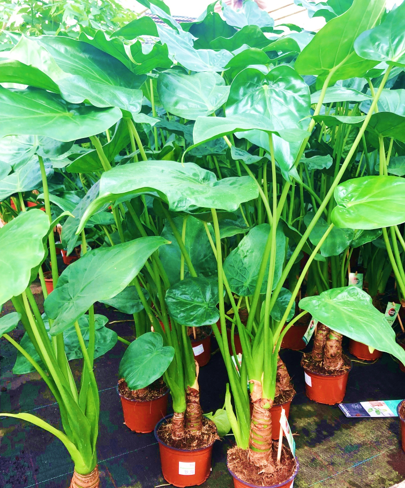
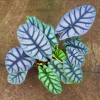
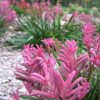
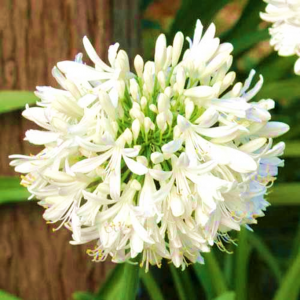
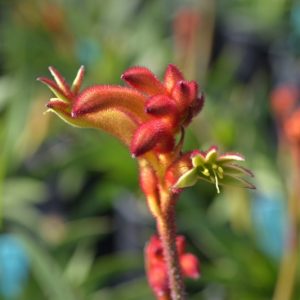
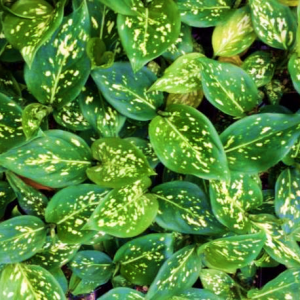
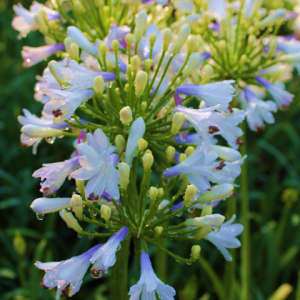
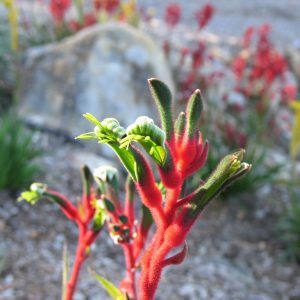
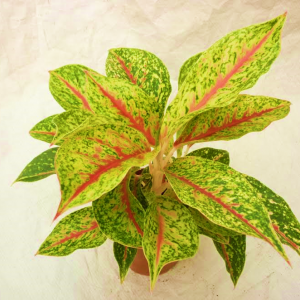
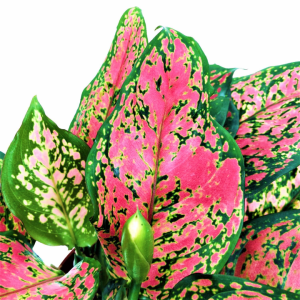
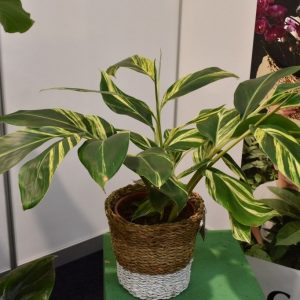
Reviews
There are no reviews yet.